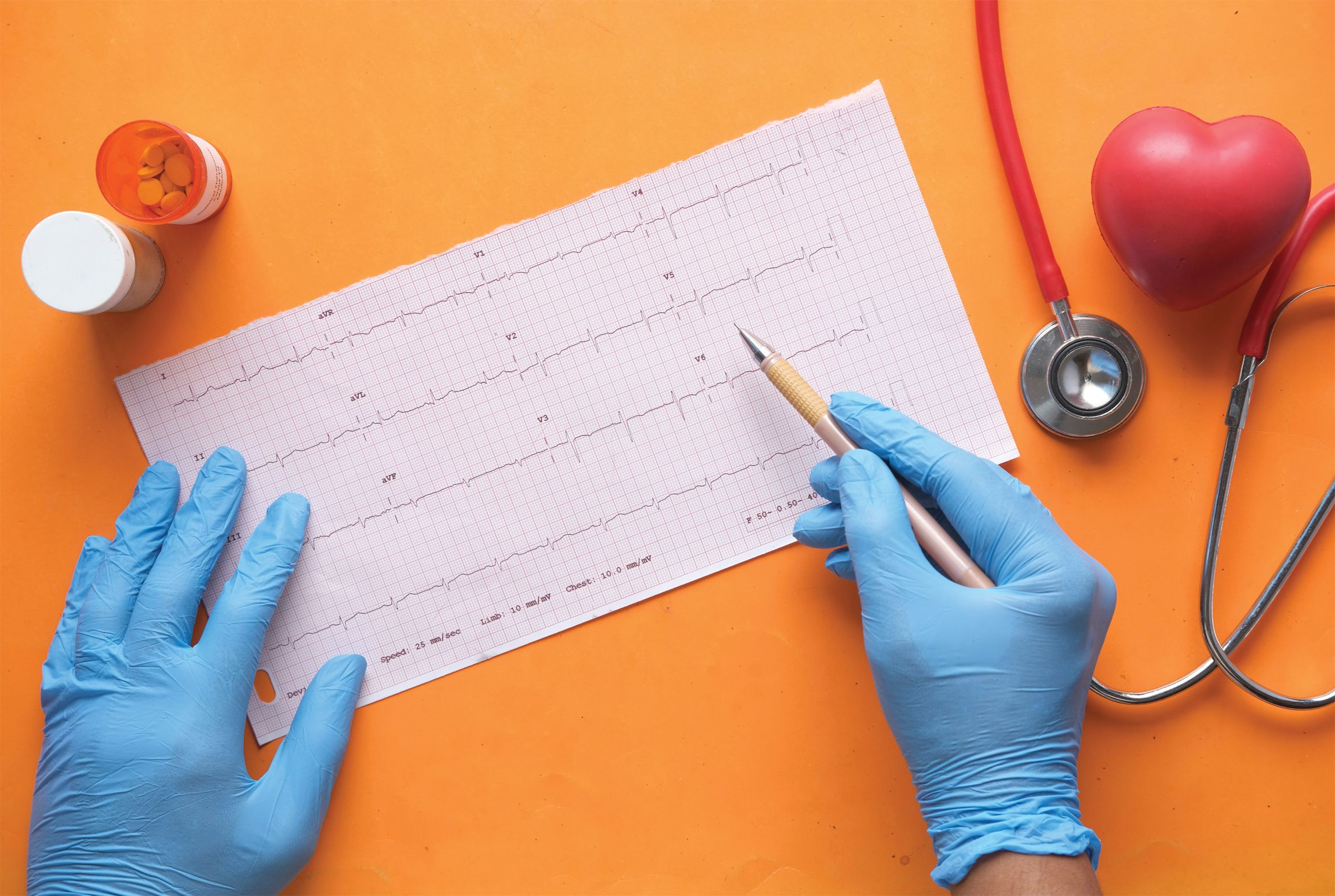Chest pain in children – when should you be concerned?
Apr 28, 2017
Chest pain in children is a common source of concern for both parents and medical professionals. This often leads to unnecessary emergency cardiology evaluations and unwarranted hospital admissions.

When a child complains of chest pain, the first question that arises is:
Should we be worried about a heart attack or a serious heart condition?
Fortunately, the answer is usually no. In fact, chest pain in children is rarely heart-related.
What are the most common causes of chest pain in children?
Various organs and systems can be the source of pain, including:
- Musculoskeletal system (the most common cause)
- Respiratory system
- Digestive system
In many cases, the exact cause cannot be determined.
What should you do when your child complains of chest pain?
The first step is to visit a pediatrician, who will assess:
- The circumstances under which the pain occurred.
- The nature and description of the pain.
- Any accompanying symptoms.
If the pain occurs at rest, in a specific position, or with movement—and if the child can pinpoint the pain with a finger—it is most likely not heart-related.
Pain described as a "stabbing sensation" or one that intensifies with pressure is usually harmless.
When is further cardiology evaluation necessary?
A cardiology consultation is recommended if the pain:
- Feels like pressure, burning, or tearing.
- Occurs during physical exertion.
- Is accompanied by arrhythmia, dizziness, or fainting.
Details about previous illnesses, pain frequency, and factors that trigger or relieve the pain are also important.
How to recognize heart-related chest pain?
Heart-related chest pain has distinct characteristics that pediatricians rarely overlook. For example:
- Pericarditis (inflammation of the heart lining):Pain worsens when lying down.
- Pain improves when leaning forward.
- Often accompanied by signs of infection.
A thorough medical history and clinical examination are often enough to rule out a cardiac cause without further testing.
What examinations are needed?
The pediatrician will perform:
- A clinical examination of the heart, lungs, and abdomen.
- Vital sign checks (pulse, blood pressure, heart rhythm).
In most cases, complex tests are not necessary. However, if a heart-related cause is suspected, the following may be recommended:
- Electrocardiogram (EKG)
- Chest X-ray
- Laboratory tests
Advanced tests such as echocardiography, Holter monitoring, stress testing, MRI, or cardiac catheterization are rarely required.
What is the pediatrician’s role?
- Rule out serious heart conditions.
- Reassure and support the family that the pain is unlikely to be dangerous.
- Initiate symptomatic treatment if necessary, which may include:
- Antihistamines
- Proton pump inhibitors
- Nonsteroidal anti-inflammatory drugs (NSAIDs)
Conclusion
Chest pain in children is rarely heart-related. However, any pain should be taken seriously and discussed with a healthcare provider—especially if it occurs during physical activity or is accompanied by arrhythmia or fainting.
The pediatrician plays a crucial role in evaluating the situation, providing the right advice, and starting appropriate treatment when needed.
Author: Dr. Draško Nikčević, pediatric cardiologist
